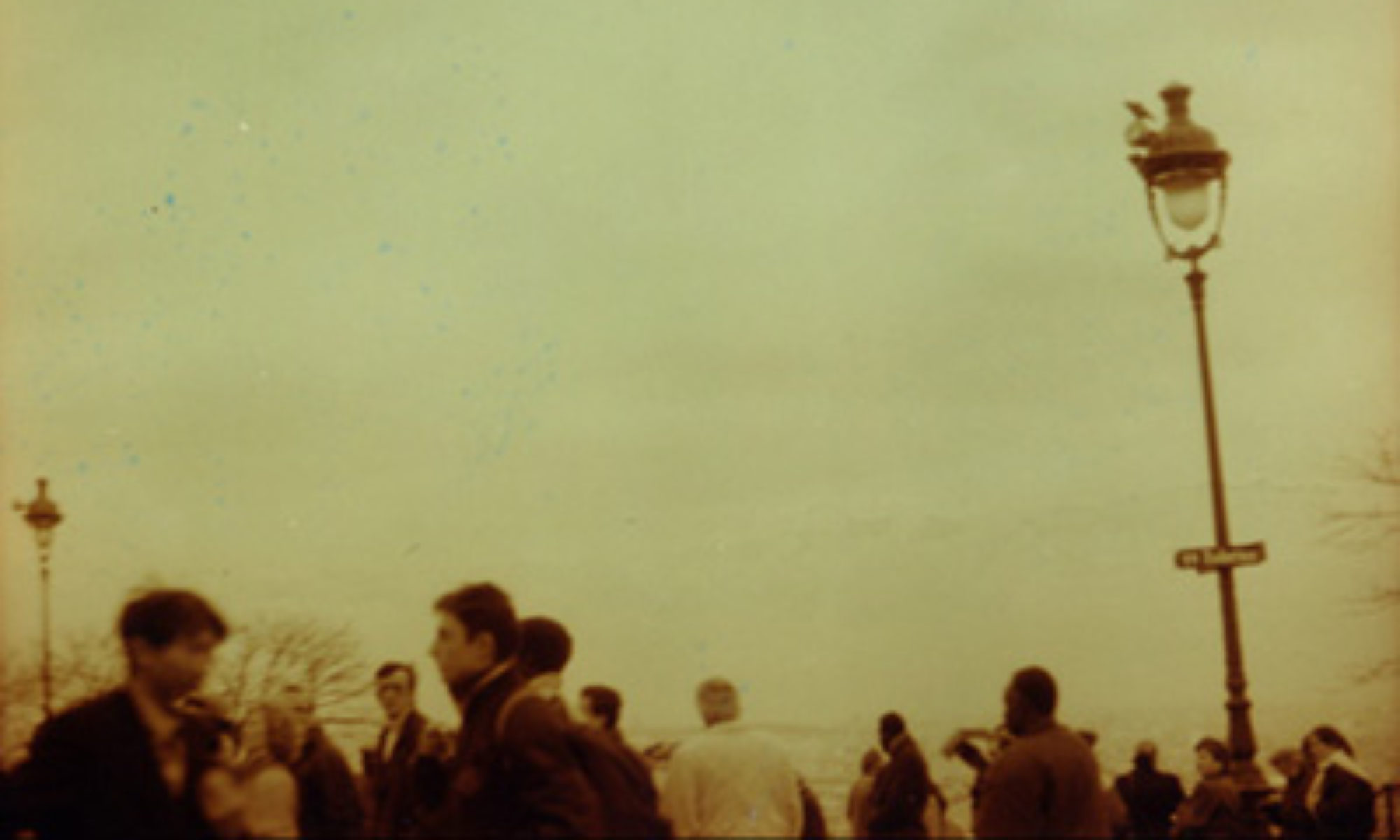With an emphasis on fresh, seasonal ingredients and straightforward preparations, it is no wonder that Tuscan food has become a favorite around the world. Still, there is nothing like a trip to the source, and Tuscan food in Tuscany offers both familiar favorites and delicious dishes and ingredients not often seen in America. Best of all, food and wine in Tuscany is not only great, it can also be a great bargain—even in the most touristy areas.
The ultimate meal in Tuscany is Sunday lunch, and the ultimate Sunday lunch is the justly famous Bistecca alla Fiorentina—a two-inch-thick slab of beef cooked on a wood fire. This is possibly the best steak in the world, and strangely impossible to recreate outside of Tuscany. Order it at Casa al Chino (53037 San Gimignano; +0577/946022; fax +0577/946045; $8-20), an unpretentious farm restaurant in the hilly fields seven kilometers west of San Gimignano—by far and away the best place to eat near this touristy town. Start with very traditional antipasti—the crostini with chicken liver (rather like a New York chopped liver) or an assortment of cured meats. Sample the pastas, as all are good and you can share an assortment of three among the table. Then have the bistecca—though served for two persons, it can easily feed three. Skip the lackluster desserts though, and have a justly famous italian gelato later. Sunday lunch draws a festive crowd that ranges from stylish young couples to extended families with children and grandparents, but it’s a good choice for lunch or dinner any day.
Only a few restaurants serve the bistecca, but within central Florence, the lively Baldovino (Piazza Santa Croce; +055/234-7220; $10-30) offers a huge version as well as fantastic homemade pastas (try the pear and ricotta ravioli) and not to be missed desserts. The atmosphere is lively and informal.
In Siena, head for the tiny Osteria la Chiacchera (Costa di S. Antonio 4; +0577/280631; $6-9) on a steep and narrow alley by the San Domenico church. Run by a group of hip young Sienese, the atmosphere is fun (shared tables) and the food is excellent. Try the bici, a Sienese specialty that’s a thick spaghetti, and the daily specials. There’s a variety of tasty tarts to conclude your meal but, quirkily, no coffee.
In Lucca, the locals flock to the Trattoria da Leo (Via Tegrimi 1; +0583/492936; $5-8) for hearty traditional pastas and fantastic roasted meats. There’s always a lively crowd at this family-owned trattoria, drawn by the friendly staff and low prices. The nearby Giulio (Via delle Conce 45; +0583/55948; $6-9) is good choice for Lucchese specialties: try the white beans with tuna, the bread or emmer soups or the house-made maccheroni; you can skip the unexciting meat courses, but do have the traditional (and unusual) chard tart for dessert.
In Pisa, avoid the restaurants around the Duomo and its famous tower, and make the short walk into the little-visited center of this pretty university town. Have a traditional meal at the bustling Osteria dei Cavalieri (Via San Frediano 16; +050/580858; $8-12) or an elegant one at La Mescita (Via Cavalca 2; +050/544294; $10-18). The complex, original food here can be fabulous—when it works; the huge, reasonably priced wine list makes up for any excesses in the kitchen.
The best food can turn up in the most unlikely places. The hamlet of Meati, 4 km southwest of Lucca is no more than a handful of scattered buildings, and the Osteria di Meati (Meati; +0583/510373;$5-8) looks like little more than a roadside bar. But the welcome at this family restaurant is sincerely friendly and the food streaming out of the kitchen to the tables of stylish locals is unbelievably good. About half of the short menu consists of daily specials in season—mushrooms, game, tripe, eel. It’s hard to make a plate of beans topped with lard sound good, but it was amazing, as were the risotto, homemade pasta with a sauce of game birds, and the delicate meat courses duck, rabbit, and traditional, but far better than usual, dish of cinghiale (wild boar) with olives. One can hardly believe that four excellent courses and house wine cost only €20 Euros a person.
House wine is almost always quite drinkable. Nice Chianti’s, even with some age on them, are usually reasonably priced. Many excellent wines carry simply the label “Rosso” as winemakers are blending grapes in new and interesting ways; ask for recommendations. And if you want to drink a famous Montalcino or Montepulciano be prepared to pay—and don’t bother with one less than ten years old; these big reds need plenty of age. Do try the traditional dessert of cookies and a glass of Vin Santo.
Reservations are expected, and often essential, though they can often be made the same day. Meal times are rigid in Italy—do not make the mistake of thinking you can eat any old time. Plan to sit down to Lunch between 1 and 2:30 and dinner between 8 and 9:30. Go on the late side and you will have the advantage of seeing what the other diners are ordering; it’s often more informative than the menu.
By Clay Doyle {Published in Out & About, 2002}
